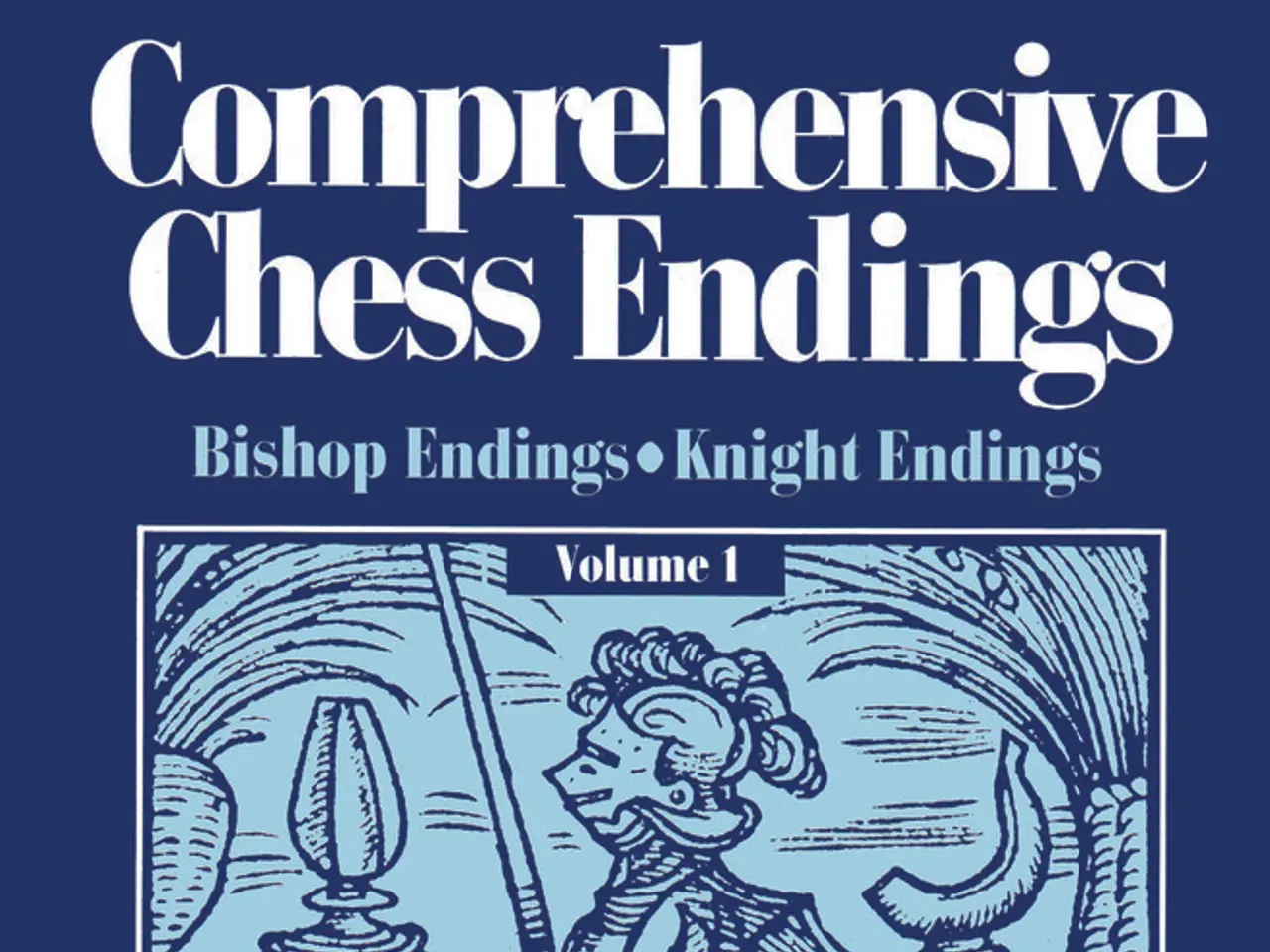Essential Insights on Medicare, as presented by a Financial Specialist
Medicare, a federal health insurance program, is an essential source of coverage for individuals aged 65 and older, as well as those with qualifying disabilities. This program is divided into four parts: Part A, Part B, Part C (Medicare Advantage), and Part D.
Part A covers in-patient hospital stays, skilled nursing facilities, hospice care, and some aspects of home care. On the other hand, Part B takes care of outpatient care, doctor's office visits, and other aspects of home care, with a premium of $185 a month and a $257 deductible.
For employees working for employers with fewer than 20 workers, it's important to enroll in Medicare during the Initial Enrollment Period (IEP) to avoid financial penalties and hefty hospital bills. The IEP is a seven-month period covering the three months before, the month of, and the three months after your 65th birthday. To have coverage start the month of your birthday, you need to enroll at least a month before.
Late enrollment in Medicare Part B increases monthly premiums by 10% for each 12 months delayed. Similarly, late enrollment in Medicare Part D increases premiums by 1% of the national base beneficiary for each month delayed.
Part D offers standalone prescription drug and vaccine coverage with a deductible of roughly $46 and a maximum out-of-pocket cost of $2,000. Premiums for Part D vary depending on income, with a maximum of over $1000 annually.
Medicare Advantage, or Part C, are privately administered health insurance plans that offer additional benefits like vision and dental, limit out-of-pocket spending, and provide wellness programs. However, Medicare Advantage premiums, deductibles, and co-insurance will vary based on coverage.
It's crucial to note that Medicare doesn't cover long-term expenses. Therefore, a supplemental long-term care plan may be recommended.
The Income-Related Monthly Adjustment Amount (IRMAA) is an additional fee that high-income Medicare beneficiaries must pay on top of their standard Part B (medical insurance) and Part D (prescription drug coverage) premiums. The IRMAA surcharge is determined by the modified adjusted gross income (MAGI). High earners will pay more in Medicare premiums due to the IRMAA.
However, withdrawals from Roth IRA, health savings accounts, cash value life insurance contracts, and qualified charitable contributions do not count toward MAGI, potentially lowering the IRMAA surcharge.
When planning for Medicare in retirement, it's essential to consult experts and do thorough research to make informed decisions. The average 65-year-old might need $172,500 for health care expenses in retirement, highlighting the importance of careful planning.




